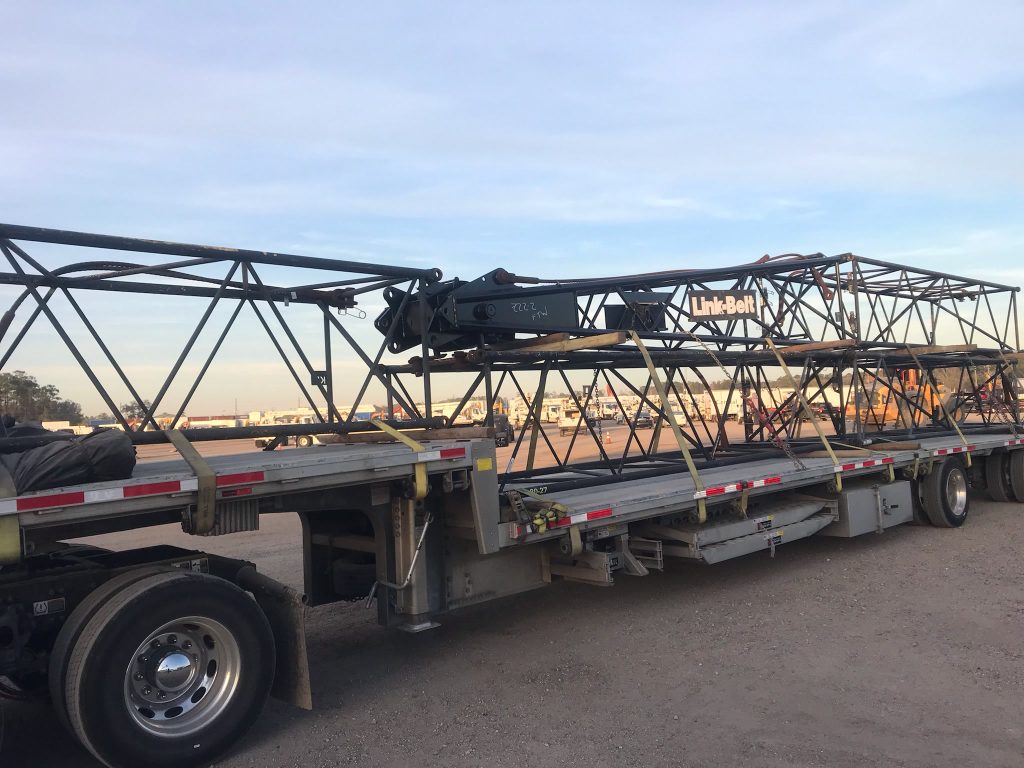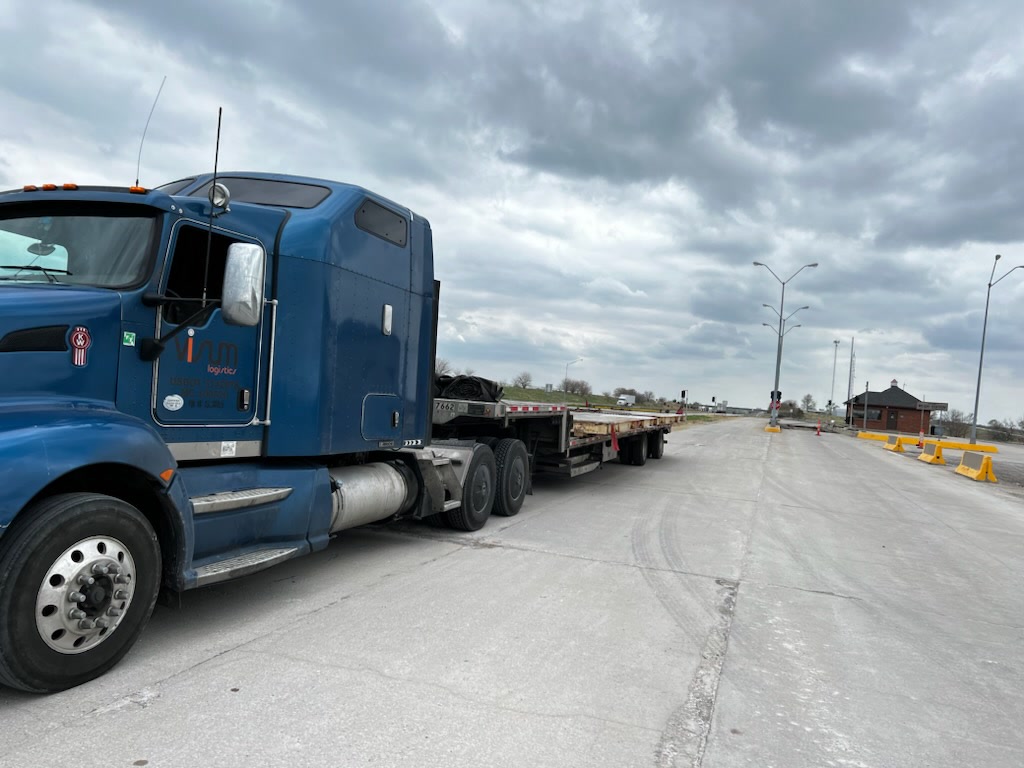What is Deadheading in Trucking? Strategies to Reduce Deadheading
Freedom Heavy Haul can offer expedited Pickup and Delivery for any size shipment anywhere in the USA. Contact us today for No Hassle, No Pressure Pricing.
Deadheading in trucking is a crucial aspect of the logistics and transportation industry, impacting efficiency, costs, and safety. In this article, we will explore what is deadheading in trucking, its various facets of deadheading, addressing common concerns and practices within the trucking sector.
What is Deadheading in Trucking
Deadheading refers to the operation of a truck without cargo, typically occurring when a truck driver delivers a load and returns empty or travels to pick up a load. While it’s an integral part of trucking logistics, it poses several challenges and inefficiencies.

Defining Deadhead in the Trucking Industry
In trucking, deadhead miles are those driven without transporting freight. This not only affects fuel consumption but also adds wear and tear to the vehicle without generating revenue.
Common Drawbacks of Deadheading for Truckers
The primary drawbacks of deadheading include increased operational costs and reduced overall efficiency. Empty runs mean fuel and labor costs that don’t contribute to income.
Strategies to Avoid Unnecessary Deadhead Miles
Truckers and companies can adopt strategies like strategic route planning and using load boards to find backhauls to minimize deadhead miles.
Does a Trucking Company Compensate for Deadhead Miles?
Compensation for deadhead miles varies across companies and contracts. Understanding these policies is crucial for truckers and trucking companies.

Exploring Compensation Policies for Deadhead Miles
Some trucking companies and freight brokers offer compensation for deadhead miles, but it’s not an industry standard. Compensation rates, if offered, may be lower than those for loaded miles.
Calculating Deadhead Miles in Trucking Logistics
Calculating deadhead miles involves tracking the distance traveled from the point of unloading to the next pick-up location or back to the home base without cargo.
Effective Ways to Minimize Deadhead Miles
To minimize deadhead miles, trucking companies can use logistics software for efficient route planning and load matching.
Real-World Example: Deadheading in Action
For example, a truck that delivers goods from New York to Chicago may return to New York without cargo, accruing deadhead miles.
Why Deadhead Trucking is Considered Risky
Deadheading poses certain risks and challenges, primarily due to driving without a load, which can affect the vehicle’s handling and stability.
Examining Risk Factors Associated with Deadheading
An empty truck can handle differently, potentially increasing the risk of accidents, especially in adverse weather conditions.
Impact of Unsafe Weather Conditions on Deadhead Trucking
Inclement weather like snow or heavy rain can make deadheading more dangerous due to the reduced weight and traction of the empty trailer.
Understanding How Deadheading Leads to Risky Driving Behaviors
The urgency to reduce deadhead time can sometimes lead drivers to engage in risky behaviors such as speeding or driving for extended hours without adequate rest.
Strategies for Reducing Deadhead in Trucking Operations
Reducing deadhead is vital for operational efficiency and cost-effectiveness in the trucking industry.
Practical Methods for Limiting Deadhead in Trucking
Efficient scheduling, using load boards to find additional loads, and establishing a wide network of clients can help in reducing deadhead.
Utilizing Technology and Tools to Decrease Deadhead Miles
Advanced logistics software can optimize routes and assist in finding backhaul loads, thereby minimizing empty runs.
Logistical Planning to Prevent Deadheading
Strategic logistical planning, including understanding market trends and maintaining flexibility in operations, can significantly reduce deadheading.
Deadheading Jargon: Truckers’ Slang and Terminology
In trucking, specific jargon and slang terms related to deadheading are commonly used.
Popular Deadheading Slang Phrases Among Truckers
Terms like “bobtailing” (driving a truck without a trailer) and “headhaul” (the primary load carried on a trip) are often used in trucking conversations.
Understanding Trucking Forms and Documents Related to Deadheading
Various forms and documents, such as freight bills and trip reports, are used to track and manage deadhead miles.
Case Studies: Examples of Deadheading in Practice
Examining case studies of deadheading can provide insights into its real-world implications and management strategies and demonstrates how businesses in the industry tackle the issue effectively.
Alternate Meanings and Uses of “Deadhead”
While commonly associated with trucking, the term “deadhead” has broader applications in various contexts.
Exploring Different Contexts and Meanings of Deadhead
Beyond trucking, “deadhead” is used in other industries such as aviation and rail transport, usually referring to a similar concept of moving without passengers or freight.
Deadhead in Other Industries: A Comparative Look
In aviation, for example, deadheading can refer to airline crew traveling as passengers due to operational requirements, a practice that has different implications and management strategies compared to trucking.
The Financial and Operational Impact of Deadheading on Trucking
Deadheading has significant financial and operational implications for trucking companies, influencing profitability and efficiency.
Assessing the Economic Implications of Deadheading for Trucking Companies
The cost of fuel, vehicle maintenance, and driver wages during deadhead trips can add substantial expenses, affecting the bottom line of trucking operations.
Operational Challenges Posed by Deadheading
Operationally, managing deadhead miles requires careful planning and coordination, often necessitating dynamic strategies to adapt to changing logistics scenarios.
Deadheading and Safety: Navigating the Risks
Safety concerns are paramount in deadhead trucking, requiring specific attention and practices.

Addressing Safety Concerns in Deadhead Trucking
Companies must ensure that drivers are aware of the different handling characteristics of empty trucks and implement safety protocols, especially under adverse weather conditions. Regular training and awareness programs can help mitigate these risks.
Best Practices for Safe Driving During Deadhead Trips
Safe driving practices during deadhead trips include adhering to speed limits, ensuring proper vehicle maintenance, and taking regular breaks to avoid fatigue. Drivers should be especially cautious in challenging weather conditions and on unfamiliar routes.
Future Trends: Deadheading in the Evolving Trucking Industry
The trucking industry is continuously evolving, and so are the practices related to deadheading.
Predicting Changes and Adaptations in Deadhead Practices
Future trends in trucking may include more advanced logistics software for route optimization and load matching, and a greater emphasis on sustainability, potentially leading to innovative solutions to minimize deadheading.
Technological Innovations Impacting Deadheading
Technological advancements such as autonomous trucks and AI-driven logistics platforms are likely to significantly impact how deadheading is managed, potentially reducing its frequency and associated costs.







